When Paris Saint-Germain face Inter on Saturday, hoping to lift the Champions League trophy for the first time in their history, they will be supported by a group of fans who have made themselves seen — and heard — throughout the season.
Around 3,000 of PSG’s ultras will be at the Allianz Arena in Munich for the final. Their colourful and noisy displays have become a defining feature of the team’s Champions League run, featuring huge tifos or banners, supporters with megaphones leading songs and drums punctuating the air at their Parc des Princes stadium.
Advertisement
The PSG ultras have also become instantly recognisable for their diversity. The Black, brown and white faces alongside each other in the stands reflect multicultural Paris and its surroundings.
But behind the chants and cheering lies a troubled past. A longstanding struggle between fan groups with radically different politics led to the death of a supporter in 2010. PSG responded by locking all ultras out of their home ground for six years.
This is the story of how they returned to the Parc des Princes — and why they stand out among fans of other European teams.
PSG’s diverse fanbase is no surprise, given the makeup of Paris and its suburbs.
According to a 2021 census, 2.5million — or 20.3 per cent — of the 12.3m population in the wider Paris region were immigrants. Another study by France’s main statistical institute found that 1.36m French-born Parisians of working age have at least one immigrant parent. Many of these are from north-African or African countries previously under French colonial rule.

PSG fans cheer their team at the French Cup final on May 24 (Tim Clayton via Getty Images)
France’s first World Cup win, on home soil, in 1998 seemed to bring together the country in a celebration of diversity — with Zinedine Zidane and company nicknamed the “Black, Blanc, Beur” (Black, white, Arab) team for their mixed origins. The reality was more complex, as the far-right political party Front National rose to prominence in the years after that triumph and riots broke out in the multicultural Parisian suburbs, known as banlieues, in 2005 and 2023.
A club only founded in 1970 via a merger between Paris FC and Stade Saint-Germain, PSG’s fans reflected those tensions. The Boulogne stand behind the south goal — named after the neighbouring district of Boulogne-Billancourt — became a stronghold for far-right ultras in the 1980s. In 1991, an alternative supporters’ stand was set up at the Auteuil end of the pitch, which soon housed a more diverse, left-wing group of fans.
Advertisement
The two sets of ultras regularly clashed, creating a hostile atmosphere. “Every single gameweek used to be hell,” says Antoine, a PSG ultra who asked for his surname not to be used so he could speak freely.
The tipping point came in March 2010, when a Boulogne ultra named Yann Lorence died in a fight with Auteuil fans outside the ground before a game against Marseille. Then PSG president Robin Leproux’s response was to effectively ban all ultra groups in a move known as the ‘Plan Leproux’.
“It seemed to me that the only way to fix this problem was to break that disastrous geographical opposition between the Auteuil and Boulogne stands, those territories which belong to one and not the other,” Leproux said in a 2020 interview with French newspaper Le Parisien.
For the ultras, it was seen as an overly harsh measure which silenced the stadium.

The Auteuil section at the Parc des Princes, pictured in February this year (Aurelien Meunier – PSG/PSG via Getty Images)
Romain Mabille belonged to the Auteuil ultras and founded the Collectif Ultras Paris (CUP) in May 2016, a larger group made of multiple organisations from that stand. He thinks the problem could have been solved by “taking away 300 or 400 people” instead of imposing a blanket ban. “To have two whole stands where everything was finished just because of the problems of a few was very serious,” he tells The Athletic.
The ban remained after Qatar Sports Investments (QSI) took control of PSG in June 2011.
Mabille led a group of ultras who went to court over Plan Leproux. In 2014, the French data protection agency (CNIL) ruled that two club lists excluding supporters could “not be legally implemented” as they had “not been previously authorised by the CNIL”. A government body overturned this in 2016, ordering the state to pay PSG €5,000 after it found one of the investigators who had uncovered the lists at their offices was not “authorised” to do so.
Advertisement
With the ultras locked out of the ground, the Auteuil group attended the PSG women’s team’s games instead, to show their continuing support. In May 2016, 300 of them protested outside the Qatari embassy in Paris, calling for dialogue with the club. PSG’s then chief executive Jean-Claude Blanc initiated discussions with the group on behalf of the owners, outlining how his bosses would need assurances on security and would not accept any violence or politics being involved.
Then, in the September of that year, PSG allowed a few hundred ultras to return to the Auteuil stand for a Ligue 1 match against Bordeaux. This time, they were part of the wider CUP, rather than simply representing individual groups. “It was like winning the Champions League — it was our own Champions League,” says Mabille.
Since then, the ultras have gained more and more visibility while being encouraged by the club. On PSG’s social media pages, you will find footage of players dancing in front of the fans holding flares after the recent Champions League semi-final win against Arsenal and photos of elaborate handmade tifos which take three weeks to a month to create.
Mabille, one of the two ultra leaders who holds a microphone to coordinate chants, says it is all “natural”. In much the same way, he says the ultras’ diversity is not a topic of discussion within the group but calls it a “source of pride”.
“When you look at the collective, it’s as if you were walking through Paris,” says Mabille. “There are people from all religions, all colours. You’ve got rich people, you’ve got poor people. You’ve got people from Paris, you’ve got people from the banlieues around Paris. All that matters to us is that you’re a PSG supporter.”
Antoine says it comes down to a slogan often repeated by the ultras — la banlieue influence Paname et Paname influence le monde. This translates as: The banlieues influence Paris and Paris influences the world (Paname is French slang for the city). Most of the ultras are from those suburbs, and the same is true of some of the club’s best current and former players, including all-time top scorer Kylian Mbappe.
Despite supposedly being apolitical, the group unfurled a huge tifo with the words ‘Free Palestine’ before a Champions League game against Atletico Madrid in November. French interior minister Bruno Retailleau called it “unacceptable” but UEFA took no action. The CUP responded to say it was not “a message of hate” and that “the message which accompanied it was explicit and is an appeal for peace between people”.
“The politics do end up coming out anyway,” says Antoine. “That’s a result of the diversity of the ultras.”

PSG fans at a home Ligue 1 match in 2023 (Aurelien Meunier – PSG/PSG via Getty Images)
The CUP has not always been in unison with the owners since the ultras’ return. In 2023, it announced a strike which was called off a week later after PSG gave assurances about ticketing and sticking to their iconic wide red stripe on future shirts. The group whistled Lionel Messi and Neymar when they were at PSG over poor performances and the club’s previous policy of signing stars and have opposed their merchandising push in recent years.
Advertisement
There have been more serious controversies.
PSG were forced to close part of the Auteuil stand in October after homophobic chanting aimed at Marseille midfielder Adrien Rabiot during a game against Strasbourg. They were punished with another partial stadium closure in April after displaying banners insulting ex-PSG player Rabiot during a game against Marseille.
Mabille himself was handed a one-year suspended prison sentence in 2018 for his alleged involvement in a fight with Reims ultras two years earlier. His lawyer maintained Mabille had not been at the scene and he was acquitted of any charges on appeal in 2020.
There is certainly greater harmony in the stands than when the Boulogne and Auteuil ends were fighting each other 15 years ago. The CUP is firmly established as PSG’s only ultras group at the Parc des Princes and finds itself reflected in an exciting young group of players led by a popular coach in Luis Enrique.
“We have a chant that goes, ‘After so many years of pain and fighting…’,” says Mabille. “If after so many years of pain and fighting, we win the Champions League and we do a good job during the match, we’ll all have peace in our hearts and the satisfaction of having succeeded.”
(Top photo: Ibrahim Ezzat/NurPhoto via Getty Images)
This news was originally published on this post .





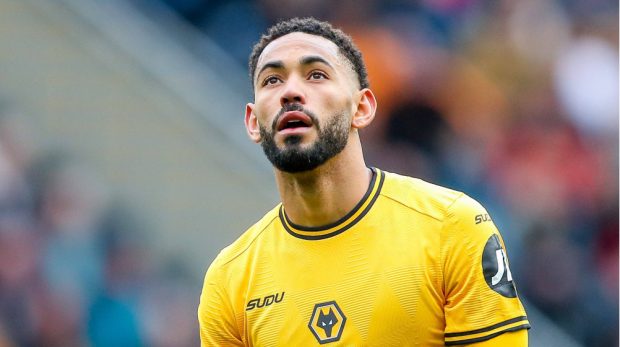
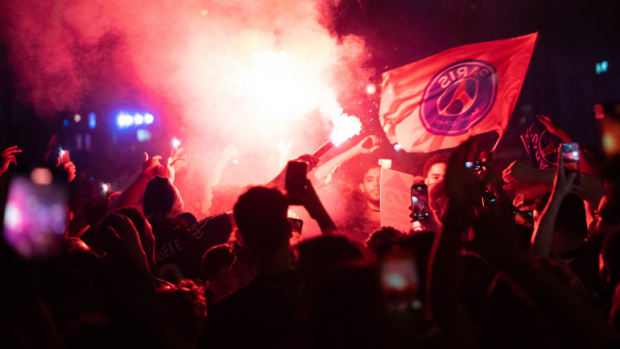
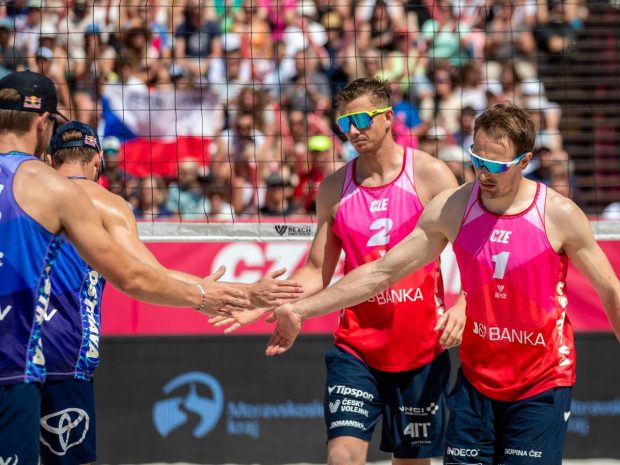
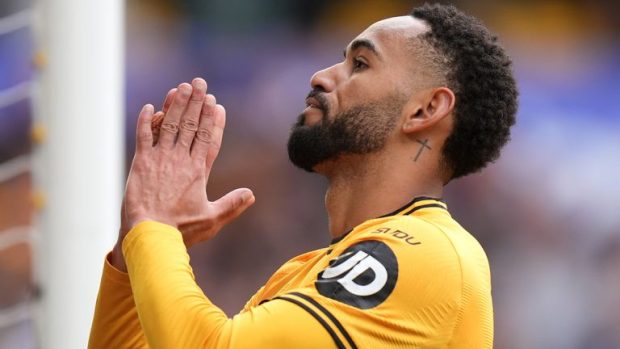
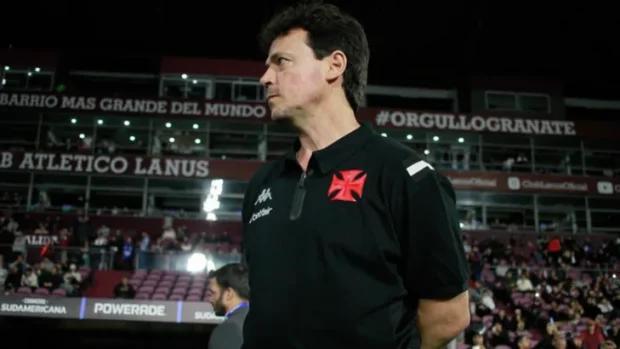
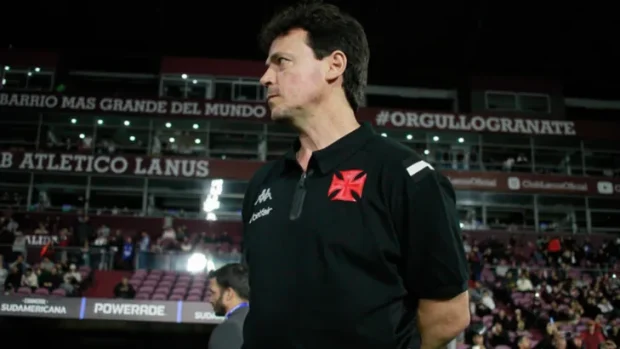
Be the first to leave a comment